Designing for Pleasure: The Beauty of Movement
Although we might forget where we've left the car keys or when our best friend's birthday is, our bodies have not forgotten the kinds of places our ancestors enjoyed in the beginning of our species' existence on the savannah. These place-based memories are available to us today as we design our homes. When we listen to these whispers from our past, we create spaces that we enjoy being in, places that comfort, relax and sustain us.
Scientists call using the same design principles we enjoyed in our primordial past biophilic design. Biophilic design doesn't mean literally re-creating a savannah in a living room, but it does mean thinking about the experiences our ancestors had on pleasant days long, long ago and replicating them.
Research has shown that when humans create spaces that aren't static, that change over time — whether in the short or long term — they live better lives. This is the first in a series of ideabooks on biophilic design that will show you how to do just that.
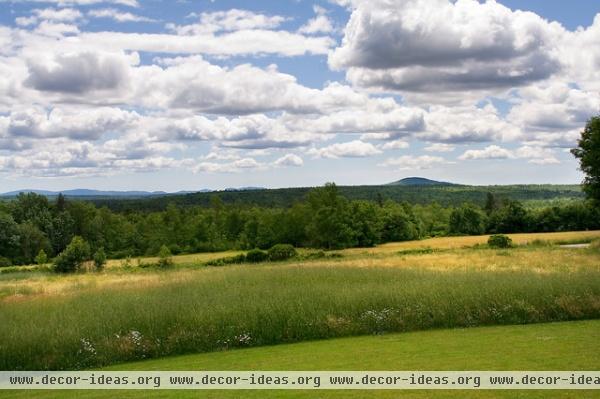
Imagine yourself in a meadow on a lovely spring day. The sky is blue, flecked with cottony white clouds drifting slowly toward the horizon. The world around you changes continuously. Grasses take on a slightly different color as the sun shifts, rocks cast shadows here and there as the direction of the light hitting them changes, and a fallen leaf that looked dewy in the morning may be crispy by nightfall.
This gentle movement is a primary element of biophilic design. In other words, nature isn't static, so your home shouldn't be either. Most home interiors have been designed to make movement within the structure invisible or imperceptible. It's time to change that.
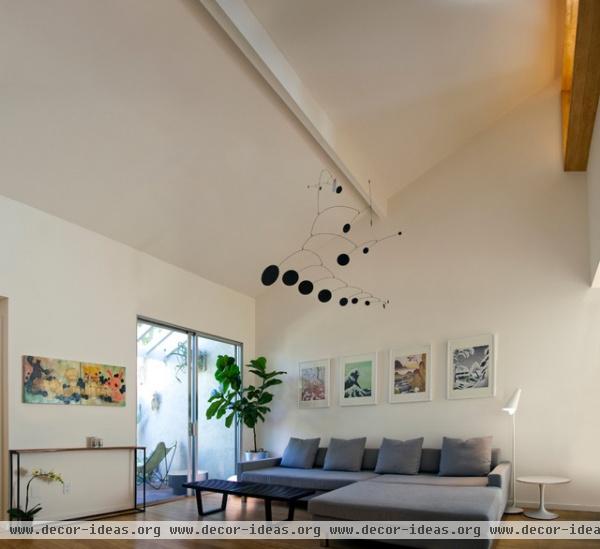
Celebrate gentle breezes. The sorts of air currents that make our lives more pleasant are gentle and rhythmic, not the sort of winds that whip across the plains in advance of a thunderstorm. To highlight the gentle breezes that inevitably move through your home, add a mobile or anything that gently moves as people walk by.
The organic, circular forms of the mobile here make it an excellent way to highlight air currents, and it's well positioned to catch drafts from the windows or the heating and air conditioning system. The shape also has a soothing effect. A mobile with triangle shapes could create subconscious thoughts of predator teeth for some of us.
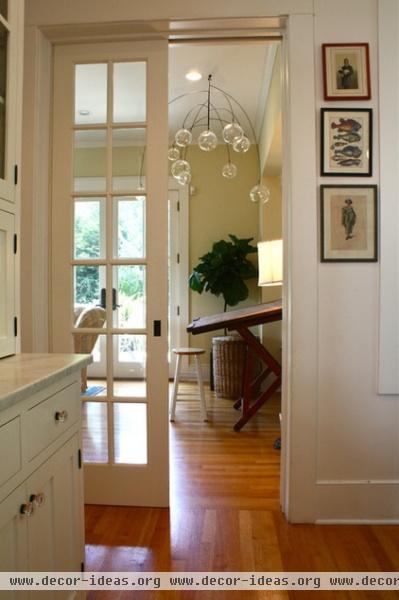
Capture the passage of time. These globes bring attention not only to gentle air movement between two doors, but also to the passage of time during the day.
The glass balls catch more sunlight at certain times and also look very different when various lights are turned on in the room. They support the homeowners' mental well-being because they subconsciously make it clear that neither time, nor the air in the home, is standing still.
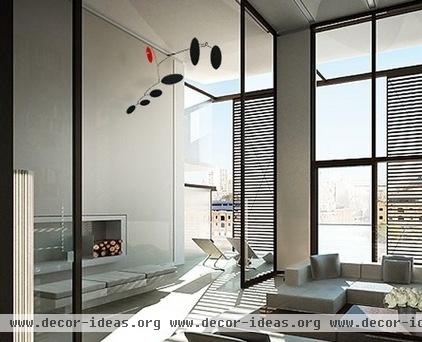
Create shadows. A single space can be experienced in many ways. Peaceful movements change a space. So do the different shadows cast by light coming through windows or from lighting fixtures at different times of the day and year, as well as the evolution of natural materials used.
Shadows cast by furnishings and structural elements shift during the day and make the experience of being in a space different at dawn, noon and dusk. When we have cues in our physical environment that help us keep our circadian rhythms in sync with our location, one source of potential stress is banished.
Create views in your home that are as dynamic as those in a bucolic spring meadow eons ago.
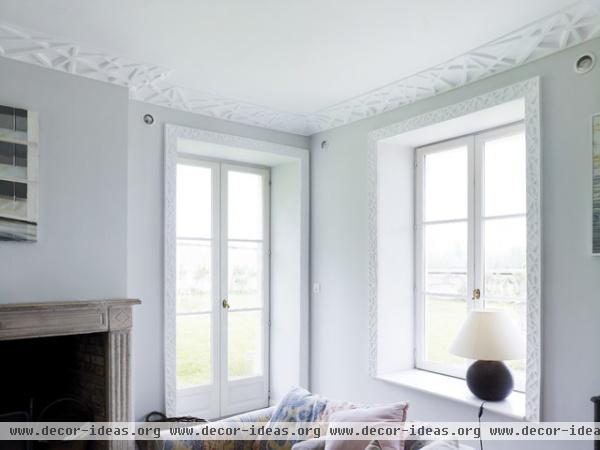
The light hitting the moldings in this room creates dramatically different effects at various times of the year because of the depth of the carving. This sort of texture can also be used in other parts of the room, including the fireplace.
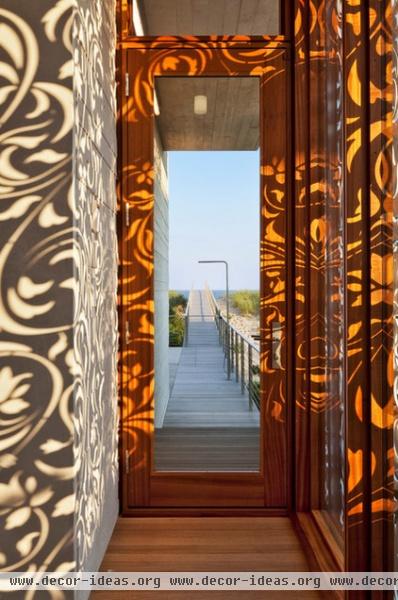
The curving shadows cast by perforated panels here are comforting not only because of their shapes, but because they change during the course of the day and from season to season.
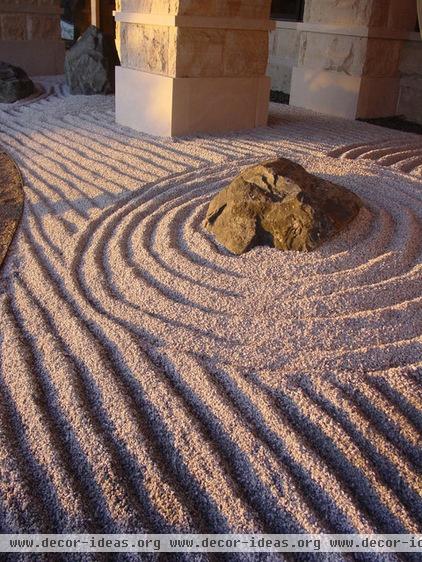
Interiors can be designed to have motion and variability, but so can spaces that are visible through windows in the house, like this Japanese rock garden.
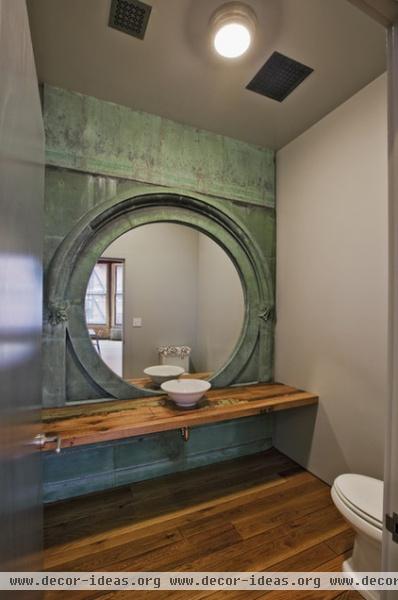
Embrace materials that will age. The wall surrounding this mirror is copper that has developed a green patina. It signals the passage of time.
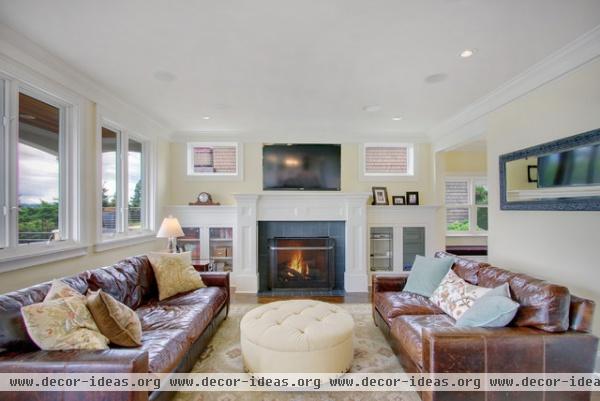
Leather naturally ages. The leather surfaces on these sofas are comfortably familiar, and the way they change lets all of us know that this space is not locked into one particular moment in time, but rather is evolving along with the lives of the home's residents.
By reminding ourselves that things aren't static — leaves and grass, for example, change over time — we're able to subconsciously conjure that soothing biological feeling of being safe on a warm spring day.












